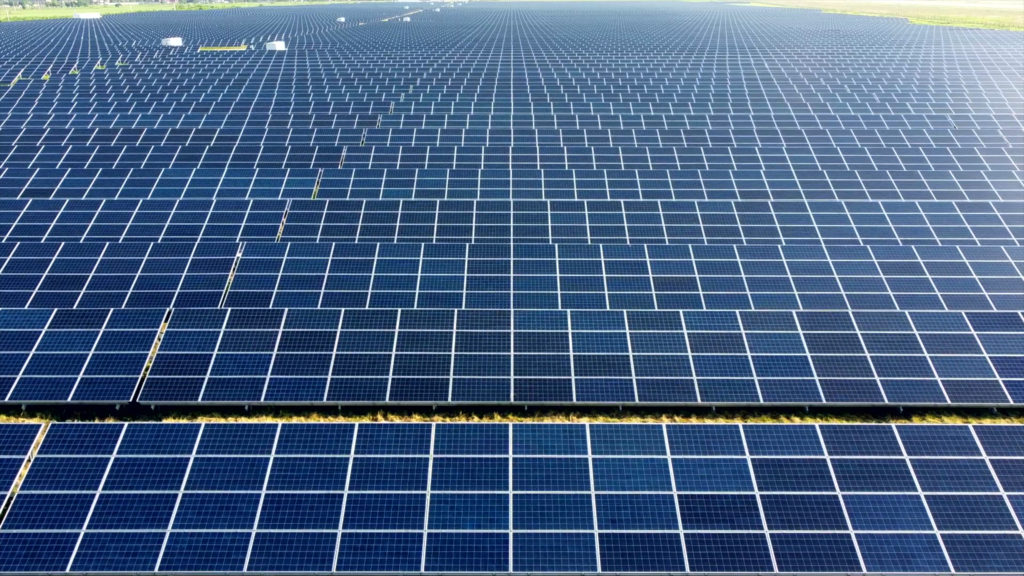
What a difference a year makes, thanks to trade enforcement and industrial policy.
Three major international solar panel companies this year have announced plans to build manufacturing facilities in the United States. Two will be in Texas and one in Ohio.
They aren’t the only ones building in the States, of course; solar investment in the United States has surged in the past year. But the recent history of these three companies tells a story about what’s going on inside the wider industry. That’s because these three are among the four companies that were affirmed last month by the Commerce Department to have routed their products through southeast Asian countries to avoid U.S. tariffs on Chinese solar imports.
Only two of these companies are Chinese; the other – Canadian Solar – is based in Toronto. But China is the de facto home of the world’s solar panel industry, the result of the Chinese government for decades showering its domestic solar manufacturers with subsidies. Call that move what you will, but that largesse has resulted in continual dominance. As of 2023, “China controls at least 80 percent of global manufacturing for each stage of the (solar) supply chain,” noted the New York Times in August. And that’s a big deal, as solar is a burgeoning energy source.
But that dominance is changing, ever so slightly, as countries and international bodies have increasingly called attention to the credible forced labor accusations taking place in Xinjiang, a region in western China through which a lot of the solar supply chain runs. While the international solar industry remains as opaque as ever, solar companies are under pressure to move their supply chains out of that region – and, thus, out of China.
In fact, a complete U.S. ban on imports from Xinjiang went into effect in 2022 right after these three companies, through an industry association, lobbied hard to get these charges of circumvention thrown out. And that lobbying kind of worked! Lots of politicians complained, and the Biden administration agreed to delay their imposition for two years.
But those circumvention tariffs are still coming, set to go into effect next summer. And the Xinjiang import ban still exists. And in the meantime, the Inflation Reduction Act (IRA), a huge piece of clean energy industrial policy that incentivizes the domestic manufacture of products like solar panels, is now going into effect. It’s the major driver behind the clean energy investment boom taking place in the United States.
And now Canadian Solar, Trina Solar and Longi Solar are setting up shop here, probably to take advantage of the IRA’s incentives and also likely to hedge against all of these American tariffs that cut into their businesses.
Trina, which made this announcement just last week, says it plans to put $200 million into a facility in Dallas County and create 1,500 jobs.
The Longi deal, announced back in March, has the company partnering with an American solar developer on a $600 million project that will create “at least 850 good-paying jobs for Ohioans.”
And the Canadian Solar project, revealed in June, will put $250 million into another Dallas County plant and could create 1,500 local jobs. The local congressman directly credited the IRA with bringing Canadian to his district, looking for a place to build.
So here we have Chinese companies (and a Canadian one with Commerce Department-established ties to the Chinese solar industry) that are dominant in their industry thanks in part to the hand of the Chinese government, setting up shop in the United States, hiring U.S. workers to make solar panels to sell to American consumers.
Beats buying panels made with forced Uyghur labor.
